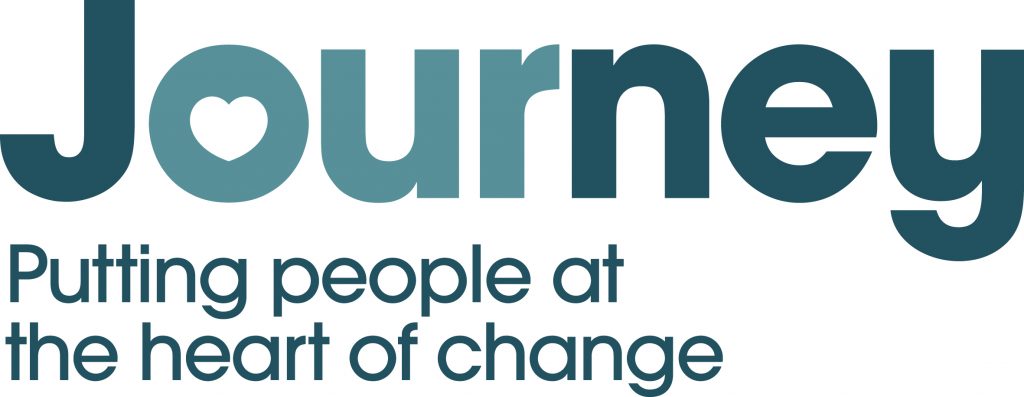
Our world has recently been turned upside down by the most disruptive global catastrophe.
Businesses that have survived have been forced to change and will have a continual need to adapt for many years to come. But change comes in all shapes and sizes. Whatever your change need is, Journey will help you to make business change far more effective by putting your people at the heart of it.
A business’s change programme that overlooks the vital role played by its people… will fail.
Change presents a challenge for all businesses and has inherent risks. The one consistent issue all businesses have with change is the impact it will always have on your people. Our unique ‘Journey’ process puts people at the heart of change. It helps to create advocates and champions within your business; people who become as committed to change as you are, making the process more efficient and, ultimately successful.
For more information or to arrange an appointment visit: ourjourney.uk
The future of people change management
Whilst we continue to deliver Journey upon a classic consultancy basis, we’re looking to the future and also embracing change.
Working with The University of Birmingham and their super-compute facilities, we’re exploring how Artificial Intelligence could enable more effective decision-making and infinitely improved processes for our clients. If the future of people change management interests you, we’d appreciate you being part of our Journey. Take our short survey.


